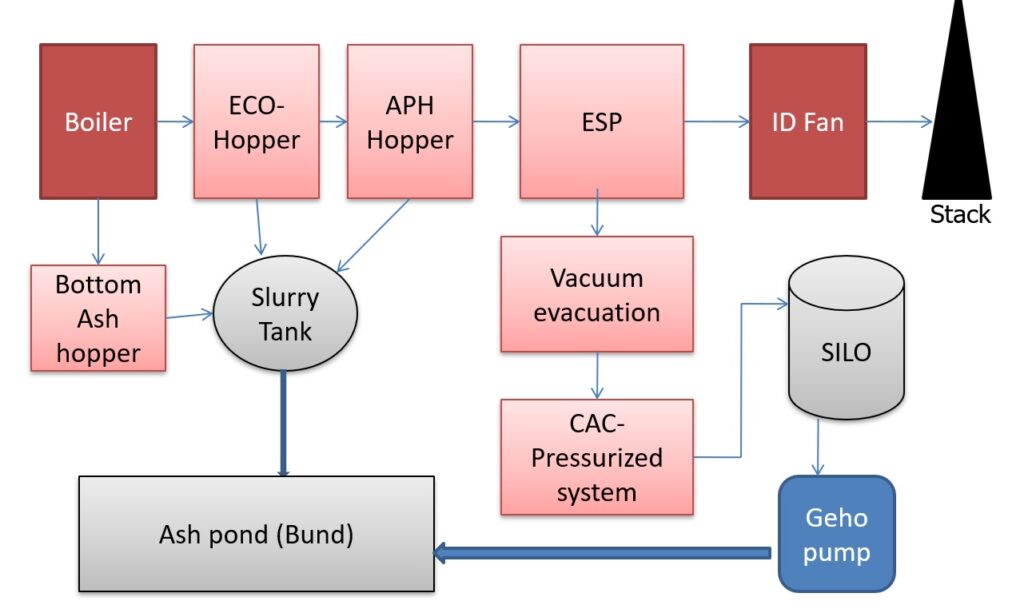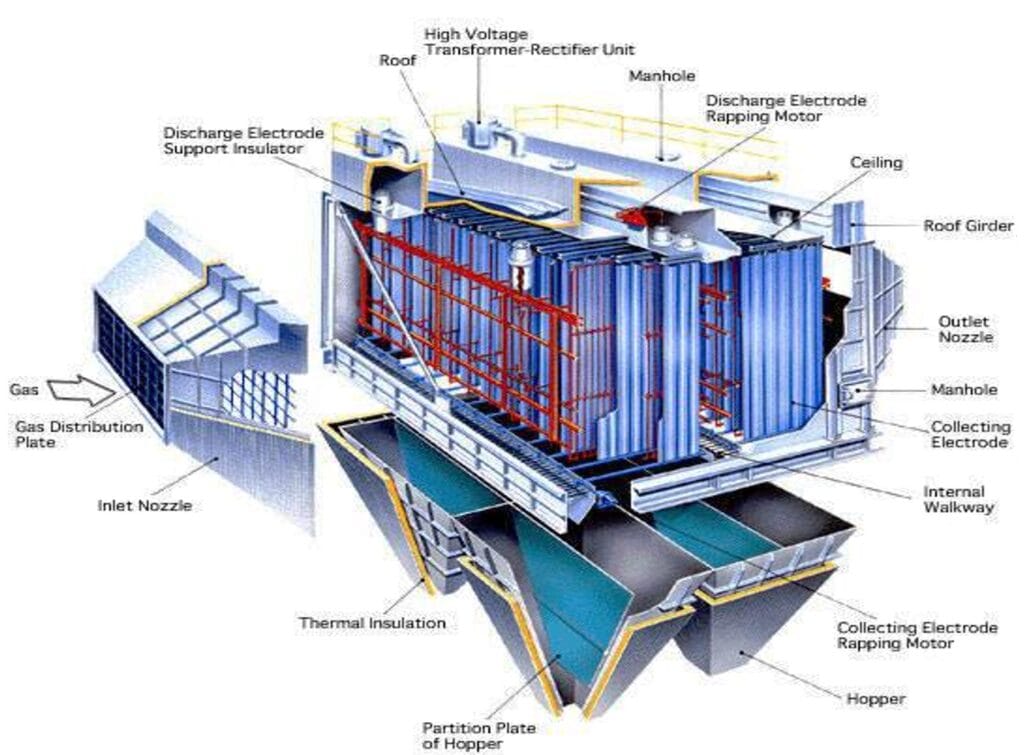Table of Contents
ToggleThe base unit of capacitance is the farad (F). This value is much too large for ordinary circuits, so household capacitors are labeled with nF, µF, or mF. In the following article we will deep dive to understand how to read a capacitor.
Polarised Capacitor
Electrolytic Capacitors
Electrolytic capacitors are polarised and they must be connected the correct way round, at least one of their leads will be marked + or -. They are not damaged by heat when soldering.
There are two designs of electrolytic capacitors; axial where the leads are attached to each end (4700µF in picture) and radial where both leads are at the same end (47µF in picture). Radial capacitors tend to be a little smaller and they stand upright on the circuit board.

It is easy to find the value of electrolytic capacitors because they are clearly printed with their capacitance and voltage rating. The voltage rating can be quite low (6V for example) and it should always be checked when selecting an electrolytic capacitor.
Tantalum Bead Capacitors
Tantalum bead capacitors are polarised and have low voltage ratings like electrolytic capacitors. They are expensive but very small, so they are used where a large capacitance is needed in a small size.
Modern tantalum bead capacitors are printed with their capacitance, voltage and polarity in full. However older ones use a colour-code system which has two stripes (for the two digits) and a spot of colour for the number of zeros to give the value in µF.

The standard colour code is used, but for the spot, grey is used to mean × 0.01 and white means × 0.1 so that values of less than 10µF can be shown.
A third colour stripe near the leads shows the voltage (yellow 6.3V, black 10V, green 16V, blue 20V, grey 25V, white 30V, pink 35V). The positive (+) lead is to the right when the spot is facing you: ‘when the spot is in sight, the positive is to the right.
Capacitor Colour Code
Colour coding table of capacitors
Colour | Significant digits | Multiplier | Capacitance tolerance |
Black | 0 | 1 | ±20% |
Brown | 1 | 10 | ±1% |
Red | 2 | 100 | ±2% |
Orange | 3 | 1000 | — |
Yellow | 4 | 10000 | — |
Green | 5 | — | ±0.5% |
Blue | 6 | — | — |
Violet | 7 | — | — |
Grey | 8 | — | — |
White | 9 | — | — |
Gold | — | — | ±5%* |
Silver | — | — | ±10% |
For example: blue, grey, black spot means 68µF
For example: blue, grey, white spot means 6.8µF
For example: blue, grey, grey spot means 0.68µF
Unpolarised Capacitors (small values, up to 1µF)
Small value capacitors are unpolarised and may be connected either way round. They are not damaged by heat when soldering, except for one unusual type (polystyrene). They have high voltage ratings of at least 50V, usually 250V or so.
It can be difficult to find the values of these small capacitors because there are many types of them and different labelling systems.
Many small value capacitors have their value printed but without a multiplier,
For example 0.1 means 0.1µF = 100nF.

Sometimes the multiplier is used in place of the decimal point:
For example: 4n7 means 4.7nF.
Capacitor Number Code
A number code is often used on small capacitors where printing is difficult:
- the 1st number is the 1st digit,
- the 2nd number is the 2nd digit,
- the 3rd number is the number of zeros to give the capacitance in pF.
- Ignore any letters – they just indicate tolerance and voltage rating.

For example: 102 means 1000pF = 1nF (not 102pF!)
For example: 472J means 4700pF = 4.7nF (J means 5% tolerance).
Some Solved Numerical on Capacitor Value
Capacitor Letter Codes Table
| S.N. | Code | Picofarad | Nanofarad | Microfarad |
| (pF) | (nF) | (uF) | ||
| 1 | 100 | 10 | 0.01 | 0.00001 |
| 2 | 150 | 15 | 0.015 | 0.000015 |
| 3 | 220 | 22 | 0.022 | 0.000022 |
| 4 | 330 | 33 | 0.033 | 0.000033 |
| 5 | 470 | 47 | 0.047 | 0.000047 |
| 6 | 101 | 100 | 0.1 | 0.0001 |
| 7 | 121 | 120 | 0.12 | 0.00012 |
| 8 | 131 | 130 | 0.13 | 0.00013 |
| 9 | 151 | 150 | 0.15 | 0.00015 |
| 10 | 181 | 180 | 0.18 | 0.00018 |
| 11 | 221 | 220 | 0.22 | 0.00022 |
| 12 | 331 | 330 | 0.33 | 0.00033 |
| 13 | 471 | 470 | 0.47 | 0.00047 |
| 14 | 561 | 560 | 0.56 | 0.00056 |
| 15 | 681 | 680 | 0.68 | 0.00068 |
| 16 | 751 | 750 | 0.75 | 0.00075 |
| 17 | 821 | 820 | 0.82 | 0.00082 |
| 18 | 102 | 1000 | 1 | 0.001 |
| 19 | 152 | 1500 | 1.5 | 0.0015 |
| 20 | 202 | 2000 | 2 | 0.002 |
| 21 | 222 | 2200 | 2.2 | 0.0022 |
| 22 | 332 | 3300 | 3.3 | 0.0033 |
| 23 | 472 | 4700 | 4.7 | 0.0047 |
| 24 | 502 | 5000 | 5 | 0.005 |
| 25 | 562 | 5600 | 5.6 | 0.0056 |
| 26 | 682 | 6800 | 6.8 | 0.0068 |
| 27 | 103 | 10000 | 10 | 0.01 |
| 28 | 153 | 15000 | 15 | 0.015 |
| 29 | 223 | 22000 | 22 | 0.022 |
| 30 | 333 | 33000 | 33 | 0.033 |
| 31 | 473 | 47000 | 47 | 0.047 |
| 32 | 683 | 68000 | 68 | 0.068 |
| 33 | 104 | 100000 | 100 | 0.1 |
| 34 | 154 | 150000 | 150 | 0.15 |
| 35 | 254 | 200000 | 200 | 0.2 |
| 36 | 224 | 220000 | 220 | 0.22 |
| 37 | 334 | 330000 | 330 | 0.33 |
| 38 | 474 | 470000 | 470 | 0.47 |
| 39 | 684 | 680000 | 680 | 0.68 |
| 40 | 105 | 1000000 | 1000 | 1 |
| 41 | 155 | 1500000 | 1500 | 1.5 |
| 42 | 205 | 2000000 | 2000 | 2 |
| 43 | 225 | 2200000 | 2200 | 2.2 |
| 44 | 335 | 3300000 | 3300 | 3.3 |


